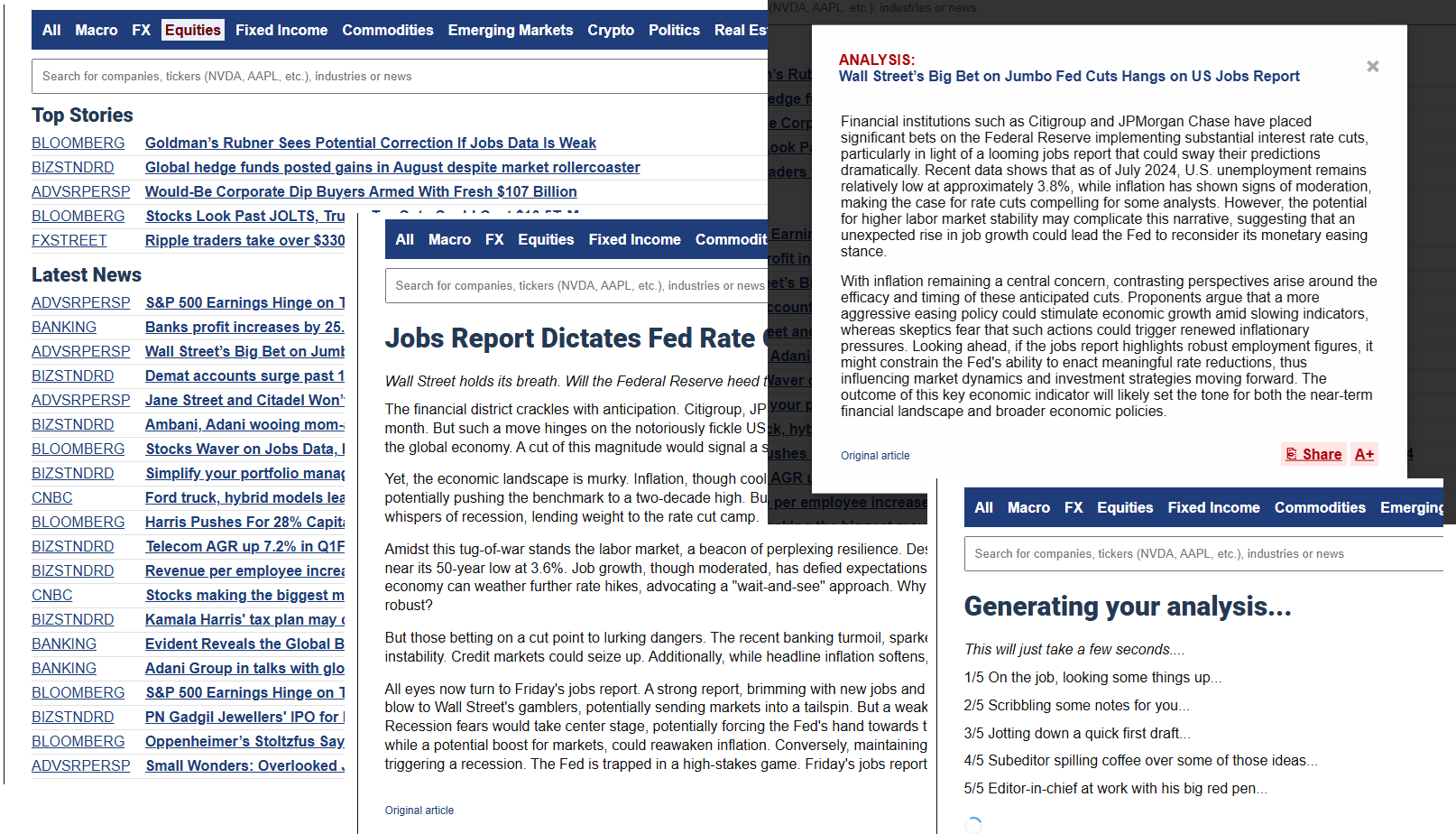Exploding Pagers Escalate Middle East Tensions
The explosion of pagers used by Hezbollah members in Lebanon, resulting in at least nine deaths and thousands of injuries, has further heightened tensions in the Middle East. The incident underscores the region's ongoing instability and showcases the sophisticated methods of remote operations often employed in conflicts there. In a scenario resembling an espionage thriller, hundreds of explosive-laden pagers were detonated almost simultaneously, unraveling another layer of the entrenched strife between Israel and Hezbollah. The gravity of this event extends beyond the immediate casualties, as it signals an evolving, high-tech confrontation that could redefine modern warfare in the region.
For decades, Israel has been renowned for its advanced remote operation capabilities. This mastery includes cyberattacks, remote-controlled machine guns, and suicide drone strikes. These strategies have allowed Israel to maintain a tactical advantage over its adversaries, executing precise and often devastating operations with minimal direct engagement. The use of explosive pagers marks yet another evolution in these tactics, blending ingenuity with technological prowess to deliver a lethal message.
Amidst rising casualties, finger-pointing has intensified. Hezbollah has unequivocally accused Israel of orchestrating the bombings. This follows a pattern of Israeli initiatives aimed at neutralizing perceived threats through unorthodox and innovative means. While Israel has not officially claimed responsibility, circumstantial evidence and historical context bolster suspicions of its involvement.
Beyond the immediate political ramifications, these events have wide-reaching economic and social consequences. The tension disrupts everyday life and business, influencing everything from aviation to banking. Airlines have suspended flights to avoid the volatile airspace over the region, reflecting the broader uncertainty and risk aversion permeating the international community. This operational pause has cascading impacts on commerce, travel, and diplomatic relations.
Even as the Middle East grapples with these escalating issues, other regions, such as South Asia, are identifying opportunities that emerge from regional instabilities. For instance, India's Gem & Jewellery Export Promotion Council (GJEPC) has noted a surge in demand for Indian jewelry in the Middle East, driven partly by shifting consumer bases in Saudi Arabia and Kuwait. This unplanned economic realignment highlights the interconnectedness of global markets and how localized conflicts can pivot opportunities elsewhere.
On the technological front, we also see transformative trends shaping global finance. The launch of Brankas's whitepaper on Banking-as-a-Service (BaaS) exemplifies the sweeping changes anticipated in traditional banking models. This innovation, which simplifies interactions for consumers and businesses alike, stands in stark contrast to the archaic methods still employed by some entities in conflict zones. The BaaS model foresees a future where financial services are seamless and digitally integrated, a far cry from the technological relics like pagers still playing a pivotal role in the Middle East.
These divergent trends raise important questions about the future trajectory of the region and its integration into the global economy. The stark contrast between technologically progressive sectors embracing digital transformations and those entrenched in conflict-driven disruptions evokes a complex narrative. It suggests both immense potential and equally immense challenges ahead.
Analysts are also keenly observing the broader political implications of these developments. The balance of power in the Middle East is a delicate and often volatile equation. Incidents like the pager explosions intensify existing conflicts and add new dimensions to geopolitical strategies. In Washington, the ongoing budget talks among House Republicans mirror a similarly contentious environment. Although the outcome of these discussions is predictably fraught with drama, it parallels the high-stakes negotiations and constant posturing seen in the Middle East. Both regions, despite their differences, illustrate a global pattern of political brinkmanship and the quest for advantageous positioning.
Against this backdrop, it becomes crucial to consider the nuanced and interconnected nature of modern geopolitics. The sophisticated tactics employed in the Middle East's conflicts signal not just a regional issue but a broader commentary on global security dynamics. Meanwhile, economic realignments offer a glimmer of how resilience and adaptability can emerge from the most challenging circumstances.
Such narratives are a testament to the complex, multifaceted world we navigate and the challenges therein. The Middle East, with its blend of ancient traditions and modern conflicts, remains a focal point for these evolving global stories. As tensions rise and evolve, the international community watches closely, aware that the implications of today's headlines will shape tomorrow’s policies and realities.
AI-Powered trading insights: join our email list
Real-Time Market Analysis
Get instant insights on market trends, news impact, and trading opportunities.

